May 6-26, 2009
We continued to ride out the previous period of rains for a bit, accomplishing lots of work in the greenhouse and visiting sites from previous years to check in on and clear the weeds off of the trees. But a lack of further precipitation and prevailing dry season weather eventually led us to resume watering.
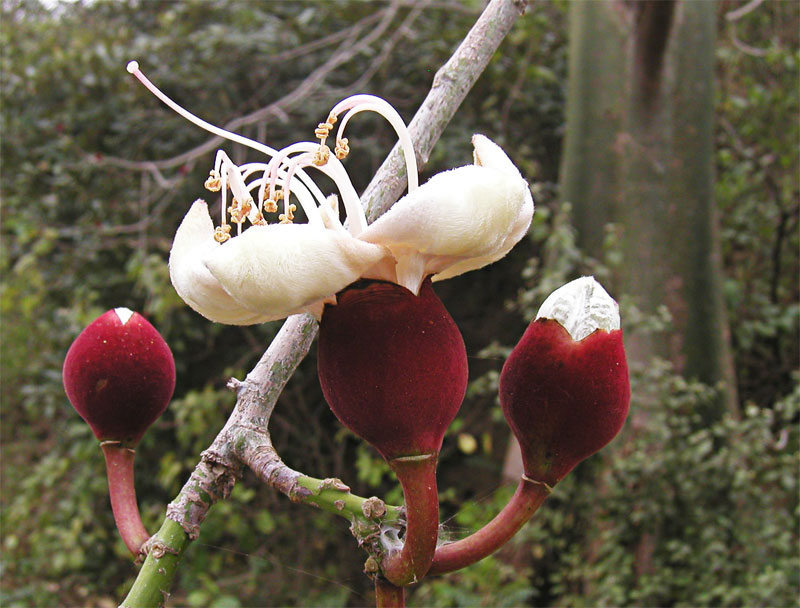
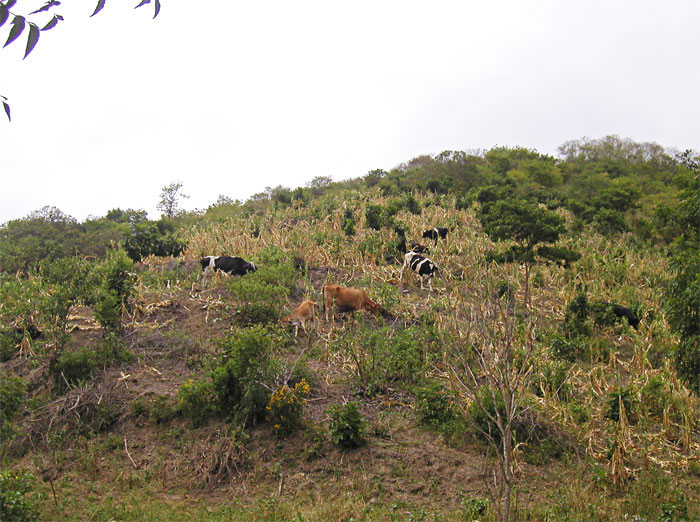
Among the revegetation sites that were revisited for trail clearing and weeding are La Cruz 2007, Universidad Catolica 2009, Astillero 2008, Don Pepe 2007 & 2008, Maria Dolores 2007, and La Granja 2008.

All of the sites have at least a significant portion of the trees thriving, although exact figures were not collected. Generally speaking if a tree managed to take root and really start growing, then it still looks very healthy and thriving. Other trees appeared to have been shocked during the transplanting for one or more of a variety of possible reasons: insufficient water (bad drainage or too much clay in the soil, poorly timed rains or watering schedule), damaged root system during transport or planting, inability to adjust to the new soil, too much time in the greenhouse, among others.
Overly shocked trees became stunted or die. In my opinion, the shocked ones that are still living will not grow into healthy trees. Fortunately, a rough estimate suggests that these trees are in the minority. A full investigation is necessary to determine the exact statistics. Any researched-inclined volunteers? (Click here for information about volunteering with Planet Drum in Bahia.)
Aside from cleaning up sites from previous years, nearly two full weeks were dedicated to transplanting trees from seedbeds to three-liter bottles. This required the collection and preparation of 1,200 three-liter bottles (and counting) from schools, neighborhoods, friends, and even trash dumps.
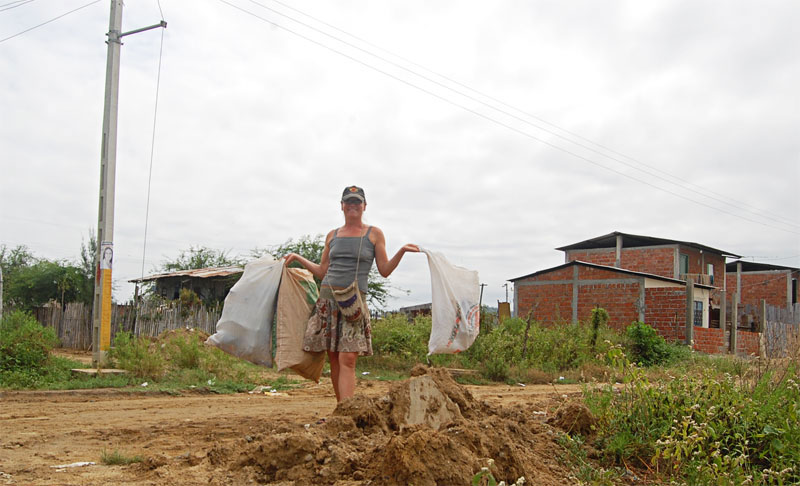
Piles and piles and piles of soil were mixed from compost, humus and sand.

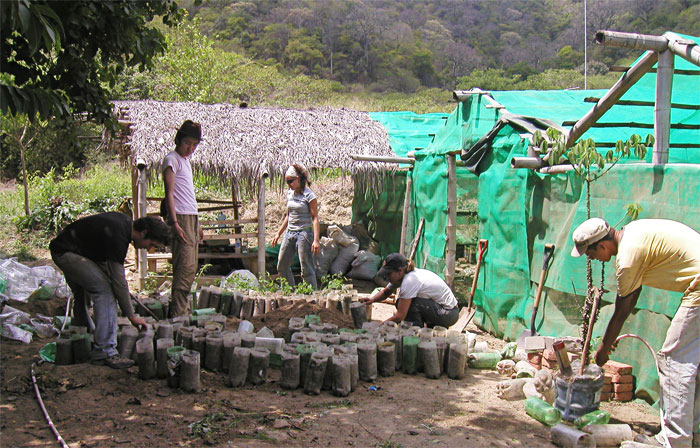
The seed beds of Seca, Guachepeli, Jaboncillo and Pechiche had come up thick with trees.
New techniques, such as lining the surface of the beds with a thin layer of Tierra de Monte leaves to retain moisture, appear to be paying off. Seedlings need to be transplanted before they get too big otherwise they face increased risk of root damage and poor adjustment to the new soil mixture. And with hundreds upon hundreds of seedlings sprouted, there was much to be done. The end result of which was 1,200 trees in bottles that will hopefully grow to be nicely sized trees for transplanting by next January.
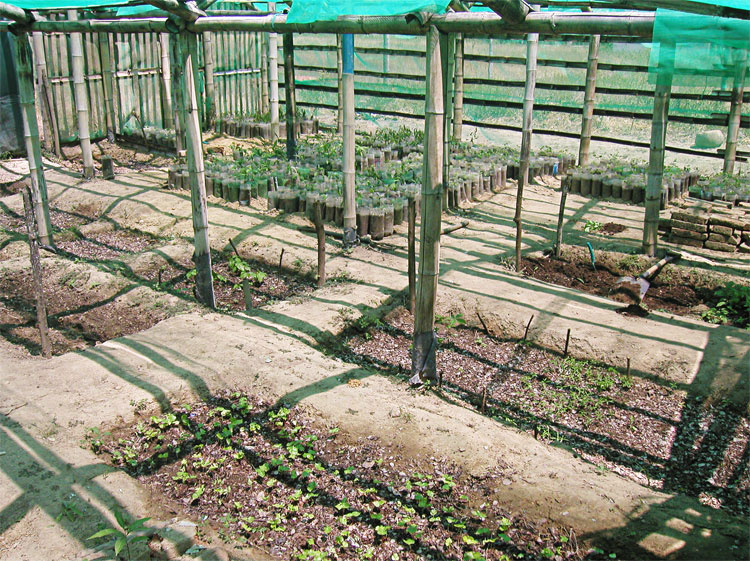
The final bit of work that we’ve done has been getting back into watering mode. The trees in the revegetation site near the greenhouse, on Don Ruperti’s land, were watered (approx. a third of a gallon per tree). The soil is dry and the trees were almost visibly relieved to be getting a drink.
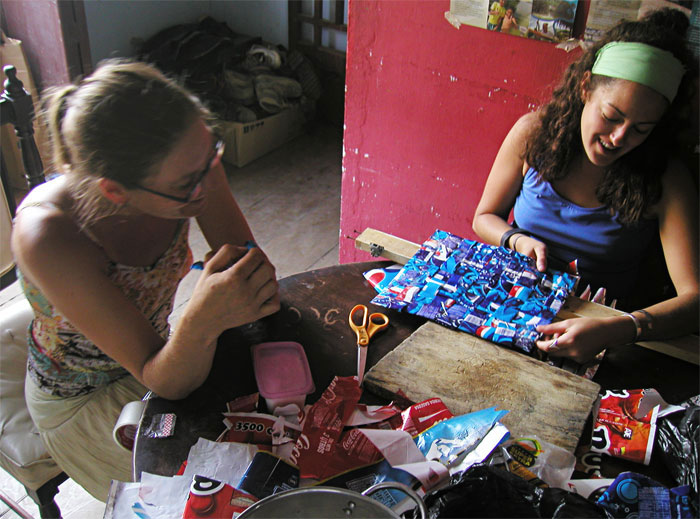
Pásalo bien,
Clay

Reader Interactions